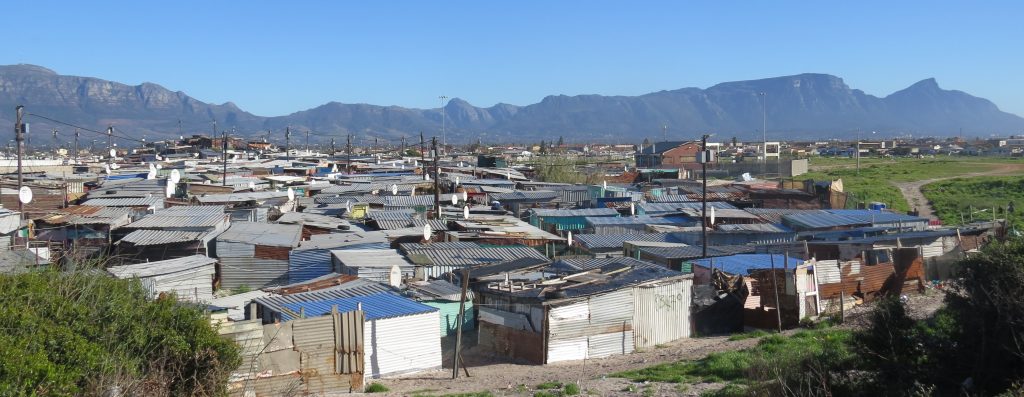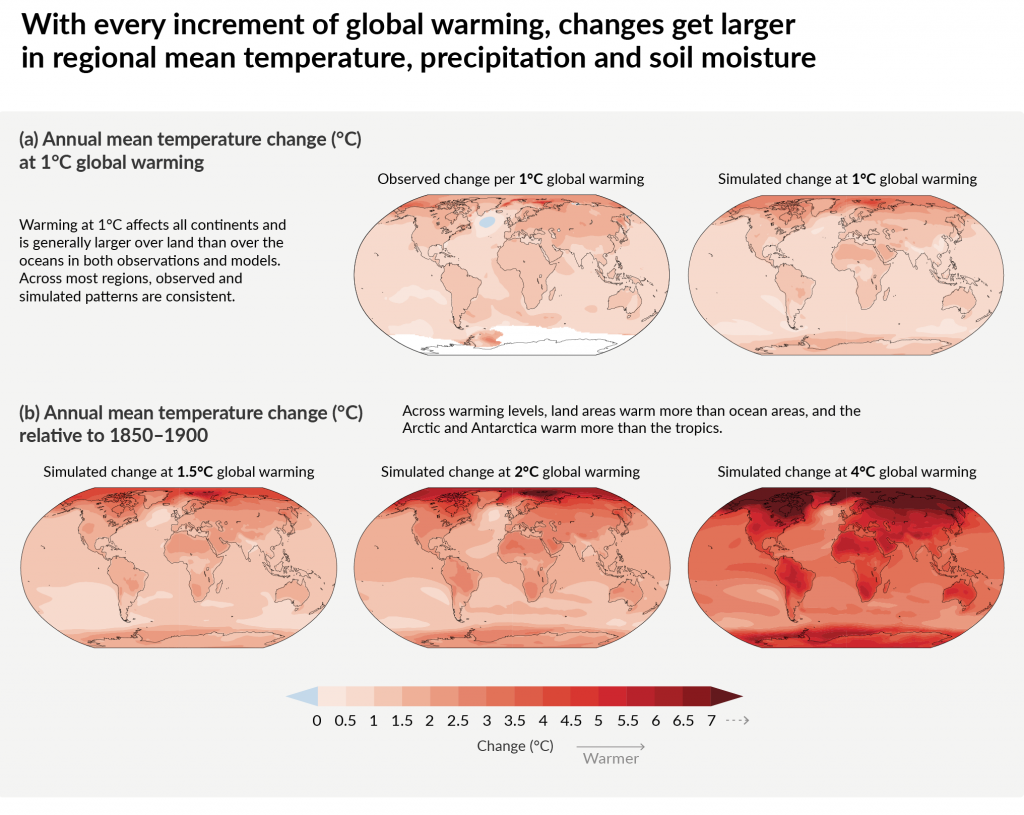
Two interconnected challenges
Two interconnected, mutually exacerbating global trends are putting an ever-increasing number of people at risk of environmental hazards or disasters: the climate crisis and increasing urbanization.
The Climate Crisis
The latest IPCCC (2022) report shows that average temperatures on land have already risen by 1.5 ℃. The climatic impacts of this are being experienced across the globe in the form of more frequent extreme weather events and more prolonged periods of climate-induced stress. More and more regions are experiencing droughts, fires and water scarcity; and heavy rains, storms and flooding.

Increasing urbanization
Increasing urbanization is largely caused by a combination of overall population growth and population movements from rural to urban areas, as people move in search of employment and higher living standards, or in response to crop failure, disease outbreaks and desertification, all of which are increasingly being linked to the effects of climate change. It is estimated that 66% of the world’s population will be living in urban areas by 2050 (Williams et al., 2019; UN Department of Economic and Social Affairs, 2015).
The intersection of these challenges in growing informality
While policies and strategies to combat, mitigate and adapt to climate change are developed at national and supranational levels, increasing urbanization means that our capacity to cope with climate change-related disasters is tightly tied to our cities’ capacities to cope. This makes the development of city and city-region level strategies increasingly important. Initiatives including the UN’s Sustainable Cities Thematic Network, the Rockefeller Foundation’s 100 Resilient Cities and follow-up Resilient Cities Network seek to help cities around the world to develop climate action plans, sustainable development strategies, and to embed equitable sustainability in such practices and processes. With urbanization comes increasing informality. Urbanization puts additional pressures on the limited spaces that are formally recognized by local authorities, where adequate quality housing is available, and where urban infrastructure such as electricity, water and sewerage, transport systems and waste management systems are in place. Ever-increasing numbers of people are forced to reside in informal settled spaces.
Climate change and urbanisation may have complex and at times hard-to-predict human and social consequences: but what we can predict with some certainty is that it is the already precarious who suffer soonest and hardest. Impacts are already being felt by the millions of people living in informal and marginalized urban settlements, in the form of run-away fires, water scarcity and floods. These settlements, often comprising temporary dwellings and located on the fringes of the world’s major cities, within sight of the infrastructure and services they lack, may be particularly physically vulnerable to climate-related shocks and stresses. However, they are also sites of immense strength and ingenuity. There is much to be learned from them, both about how residents cope and adapt and how we might envisage changes in the future in other parts of the world, including here in Scotland.
The Water and Fire project aimed to prioritise the voices and lived experiences of residents of three marginalised settlements in the Cape Flats region of South Africa.
References
IRCCC (2022) AR6 Synthesis Report: Climate Change 2022. The Intergovernmental Panel on Climate Change.
Kjellstrom, T., & McMichael, A. J. (2013). Climate change threats to population health and well-being: the imperative of protective solutions that will last. Global health Action, 6(1), 20816.
UN Department of Economic and Social Affairs (2015) World Urbanisation Prospects: The 2014 Revision, New York, USA: United Nations(ST/ESA/SER.A/366)).
Williams, D. S., Máñez Costa, M., Sutherland, C., Celliers, L. and Scheffran, J. (2019) ‘Vulnerability of informal settlements in the context of rapid urbanization and climate change’, Environment and Urbanization, 31(1), pp. 157-176.